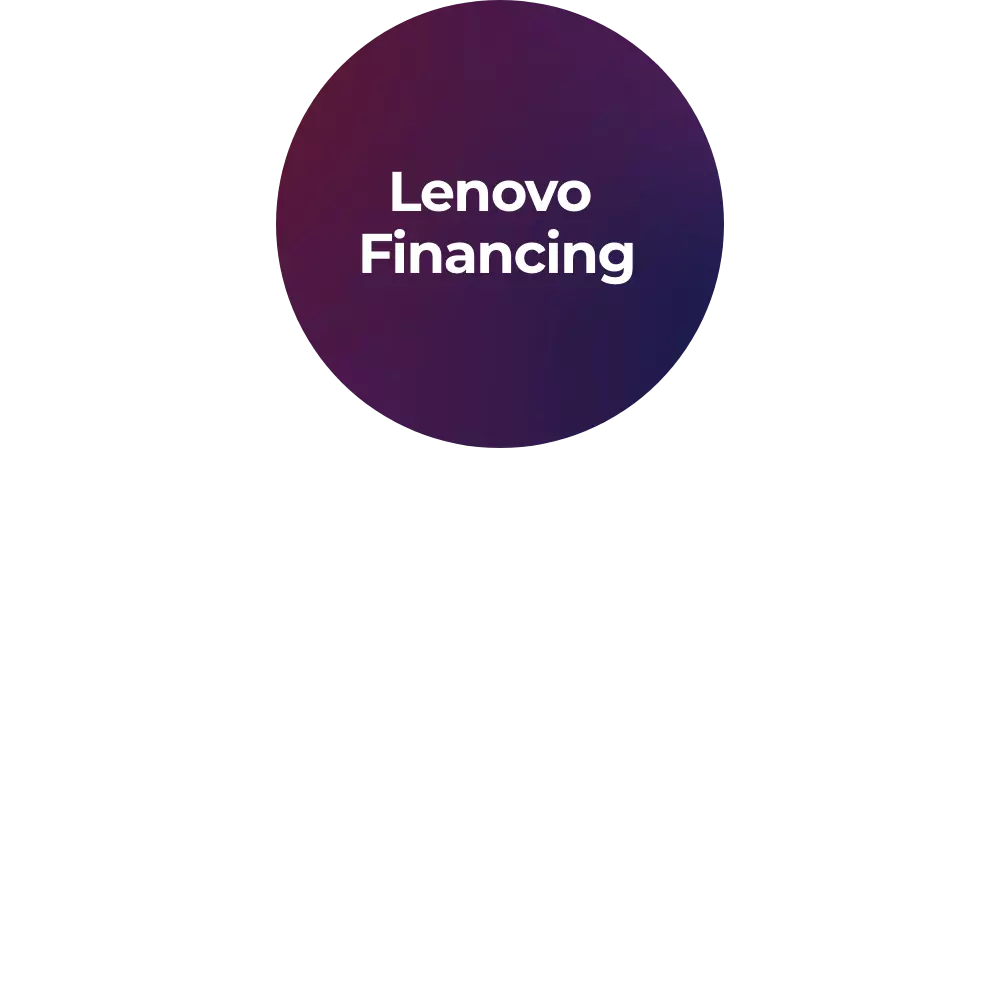What is a console application?
A console application is a type of program that runs in a text-based command-line interface. Unlike graphical user interfaces (GUIs), console applications interact with users through text input and output. They are often used for tasks that don't require a graphical interface, such as system administration, automation scripts, or data processing.
How do console applications differ from graphical user interfaces (GUI) applications?
In GUI applications, you interact with the program through graphical elements like buttons and windows. Console applications, on the other hand, rely on text-based commands. While GUIs are more user-friendly, console applications are efficient for specific tasks, especially in server environments or when dealing with large datasets.
How are console applications used in programming?
Console applications play a crucial role in programming, especially during the development and debugging phases. They allow programmers to interact with their code, check variables, and receive immediate feedback. For instance, a programmer might use a console application to test a function or troubleshoot code by observing output and error messages directly in the terminal.
What advantages do console applications offer in programming?
Console applications are lightweight, fast, and straightforward. They consume fewer system resources compared to graphical user interface (GUI) applications, making them ideal for certain tasks. Additionally, console applications are scriptable, enabling automation of repetitive tasks. This flexibility makes them a preferred choice for developers who prioritize efficiency and quick feedback during the coding process.
How do I create a simple console application?
Creating a console application depends on the programming language you're using. In languages like Python or C#, you can start by writing code that takes input from the user using the console and produces output accordingly. For example, in Python, you can use the input () function to get user input and print () to display output.
What role do command-line arguments play in console applications?
Command-line arguments provide a way to pass parameters to a console application when it's executed. For instance, if you're building a script that renames files, you might pass the old and new file names as command-line arguments. This makes console applications versatile, allowing them to adapt to different scenarios without modifying the code.
Does error handling differ in console applications?
Yes, error handling in console applications is crucial. Since there's no graphical interface, error messages are often displayed in the console itself. Programmers need to implement robust error handling mechanisms to ensure that users receive meaningful feedback when something goes wrong. This helps in identifying and fixing issues promptly.
How do console applications contribute to automation?
Console applications are powerful tools for automation because they allow you to execute commands and scripts from the command line or scripts. For instance, you can schedule console applications to run at specific times using cron jobs on Unix-based systems or Task Scheduler on Windows. This capability makes them valuable for automating repetitive tasks and system maintenance.
Can console applications interact with external application programming interfaces (APIs)?
Absolutely. Console applications can make hypertext transfer protocol (HTTP) requests to external APIs, retrieve data, and process it. This is commonly used in scenarios where automation requires fetching information from web services. For example, a console application could retrieve weather data from an API and display it directly in the terminal.
How do console applications impact system resources?
Console applications generally have a lower resource footprint compared to graphical user interface (GUI) applications. This makes them efficient for server-side operations and tasks that require minimal user interaction. Since they don't have to manage graphical elements, console applications use less memory and processing power, making them suitable for resource-constrained environments.
How can console applications enhance scripting?
Console applications are integral to scripting, providing a means to execute scripts and automate tasks. Scripting languages like Bash, PowerShell, and Python leverage console applications for various purposes, from file manipulation to system administration. This enables users to create custom scripts tailored to their specific needs.
Are console applications cross-platform?
In many cases, yes. Console applications built using cross-platform programming languages like Python, Java, or C++ can run on different operating systems without modification. This cross-platform compatibility is advantageous for developers who want their tools to work seamlessly across various environments.
Can console applications be used for real-time data processing?
While console applications may not be as visually interactive as graphical user interface (GUI) applications, they can indeed handle real-time data processing. For example, a console application written in a language like C or C++ can efficiently process data streams or perform calculations in real-time, making them suitable for applications requiring immediate responses.
How do console applications fit into DevOps practices?
Console applications align well with DevOps practices by providing a command-line interface for managing and automating tasks in the software development lifecycle. DevOps professionals often use console applications for version control, deployment automation, and configuration management, streamlining processes and ensuring consistency across development, testing, and production environments.
Can console applications handle user input dynamically?
Certainly. Console applications can dynamically handle user input during runtime. Using constructs like loops and conditional statements in the code, a console application can repeatedly prompt the user for input, allowing for interactive and responsive user interactions. This flexibility makes console applications versatile for a wide range of scenarios.
How do console applications manage output formatting?
Console applications control output formatting through special characters and formatting options provided by the programming language. For example, in Python, you can use escape characters like \n for a new line or \t for a tab. Formatting option enables developers to present information clearly and neatly in the console, enhancing the overall user experience.
Can console applications integrate with database systems?
Absolutely. Console applications can integrate with various database systems by utilizing database connectors or libraries provided by the programming language. This enables them to perform operations such as querying databases, inserting or updating records, and retrieving data. The ability to interact with databases makes console applications valuable tools for data management and analysis.
How do console applications handle multi-threading?
Console applications can implement multi-threading to execute multiple tasks concurrently. This is particularly useful for parallelizing computations or handling asynchronous operations. By creating and managing threads, console applications can optimize performance and responsiveness, ensuring efficient utilization of system resources.
How do console applications facilitate scripting in web development?
Console applications play a significant role in web development scripting, especially in the context of build tools and task runners. For instance, developers use console-based tools like npm scripts or the Angular command line interface (CLI) to automate tasks such as bundling, minification, and testing during web development. This streamlines the development workflow and ensures consistency in building web applications.
Can console applications be used for network communication?
Certainly. Console applications can utilize networking libraries and protocols to communicate over networks. Whether it's sending hypertext transfer protocol (HTTP) requests, interacting with application programming interface (APIs), or implementing custom network protocols, console applications can handle a wide range of network-related tasks. This flexibility makes them valuable for developing networking tools, monitoring network activities, and automating network-related operations.
















